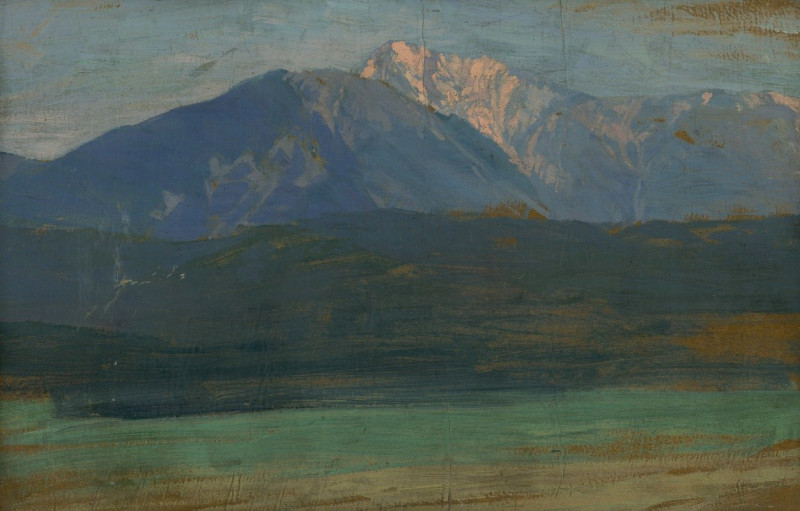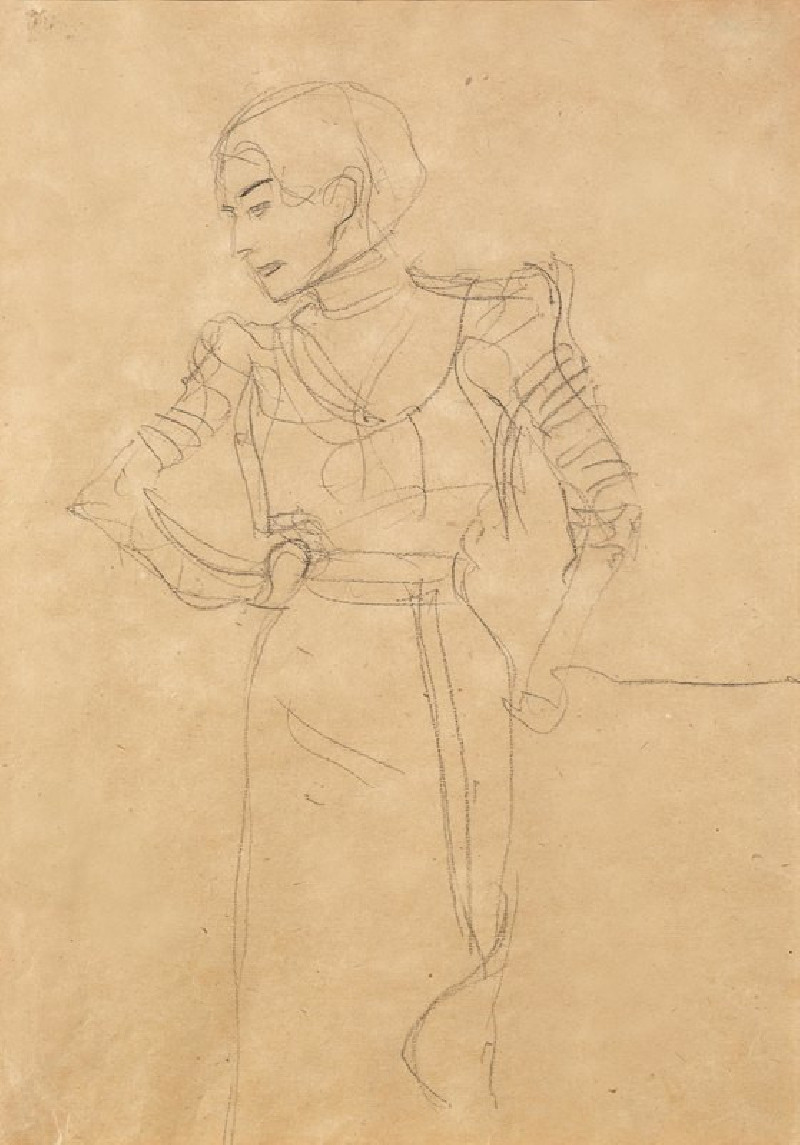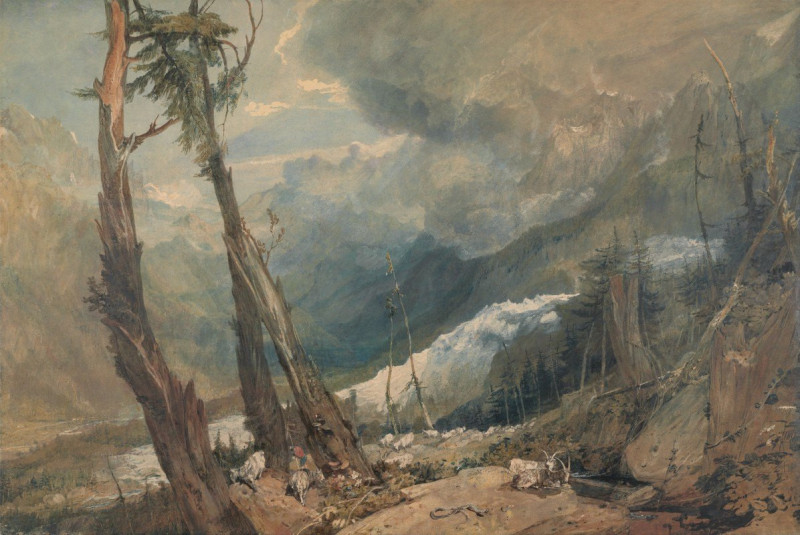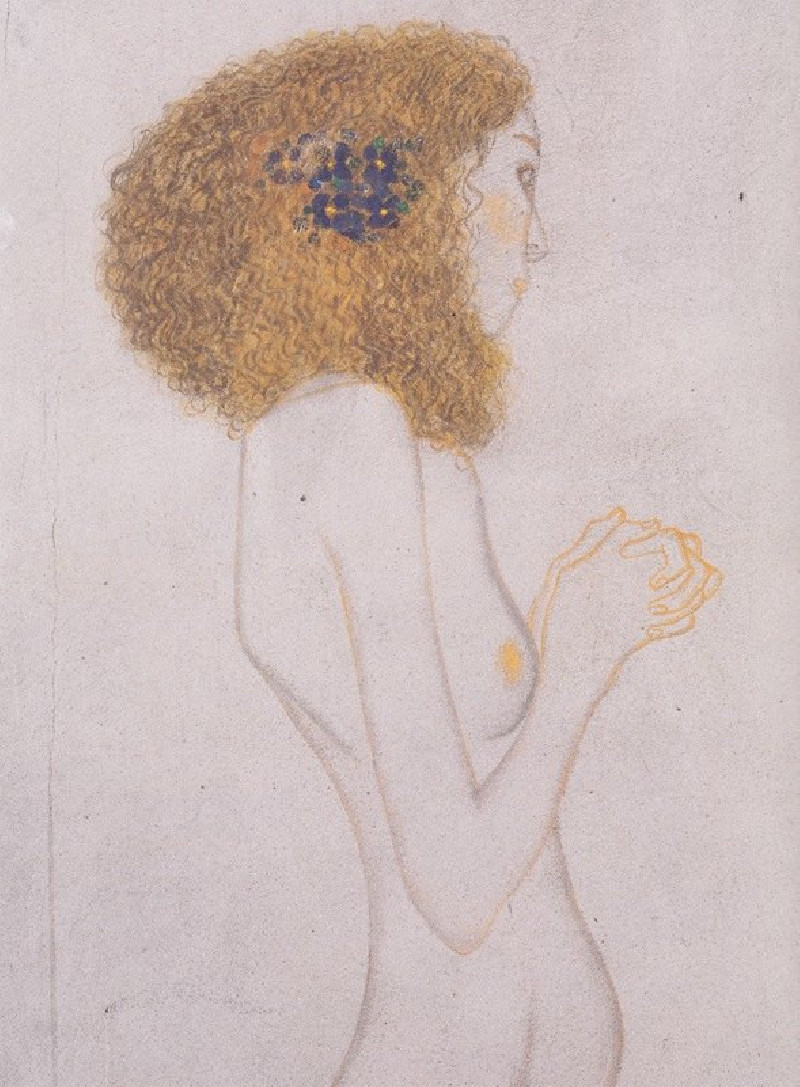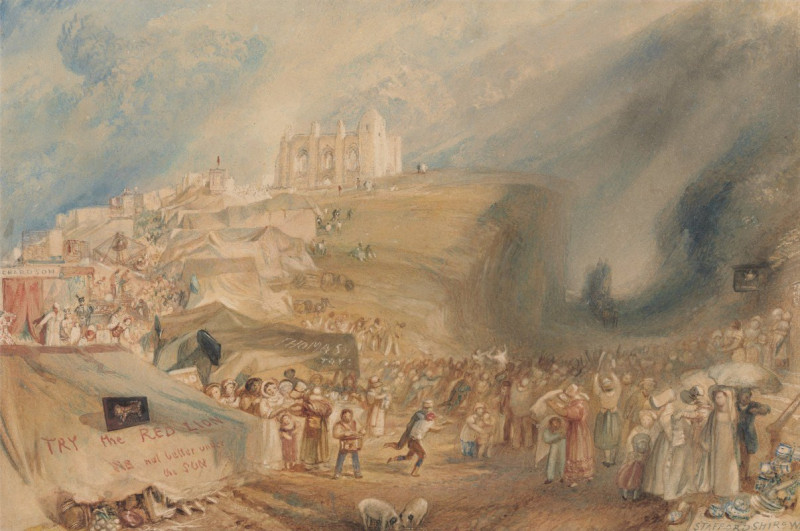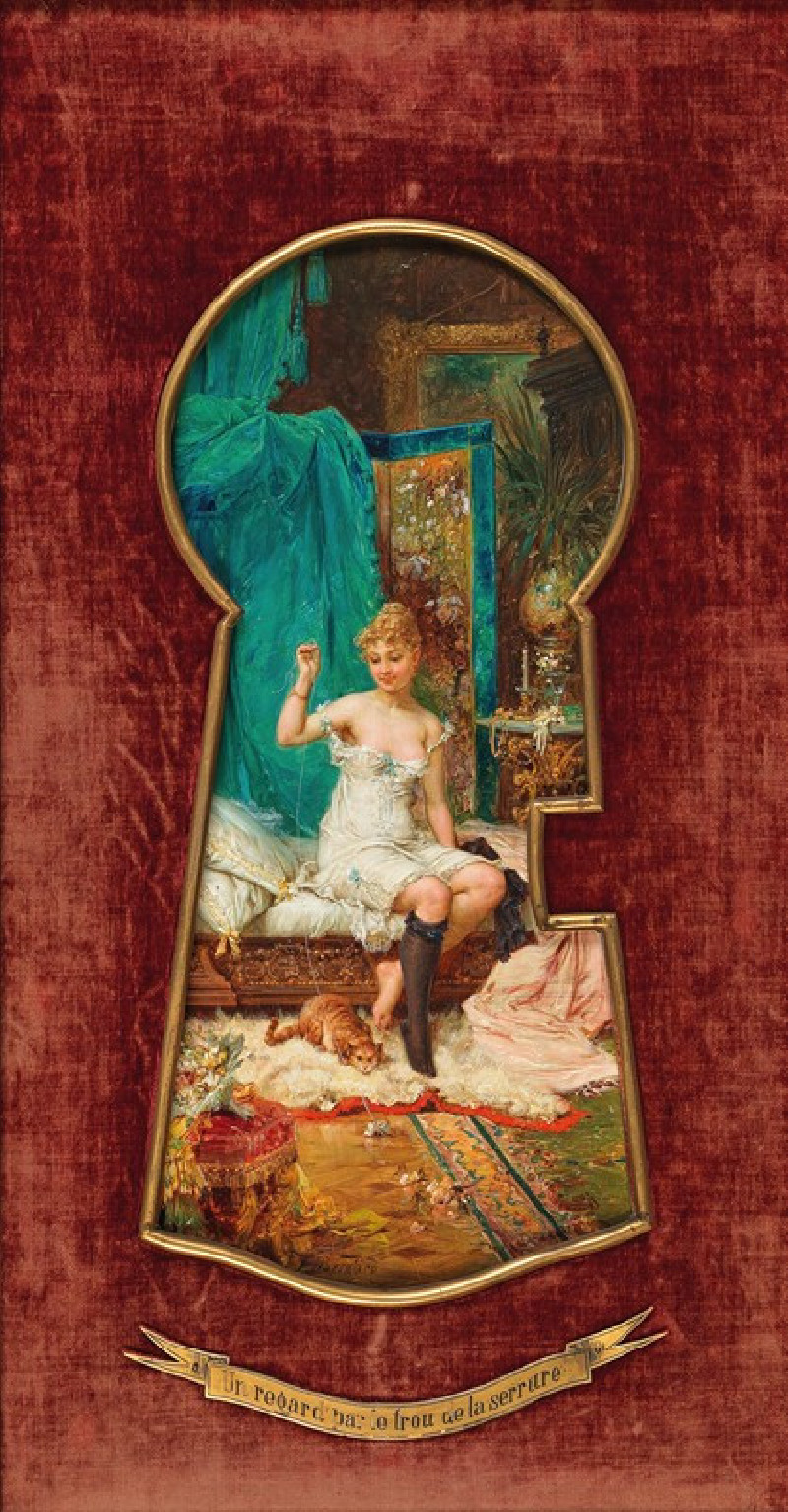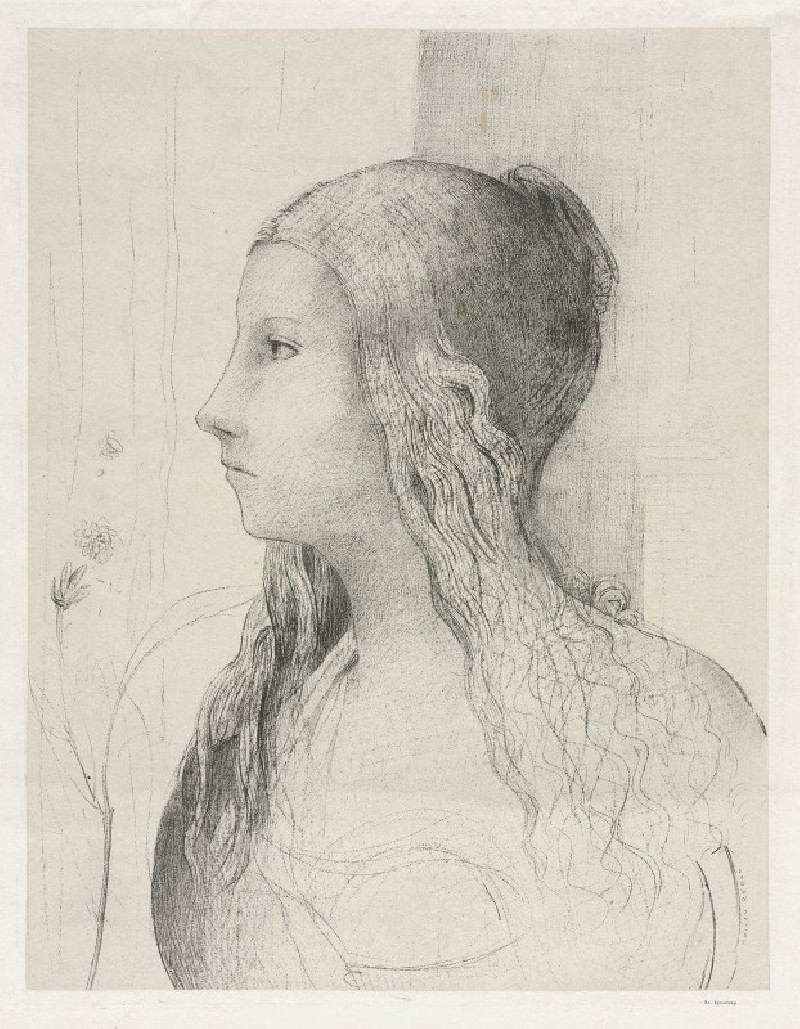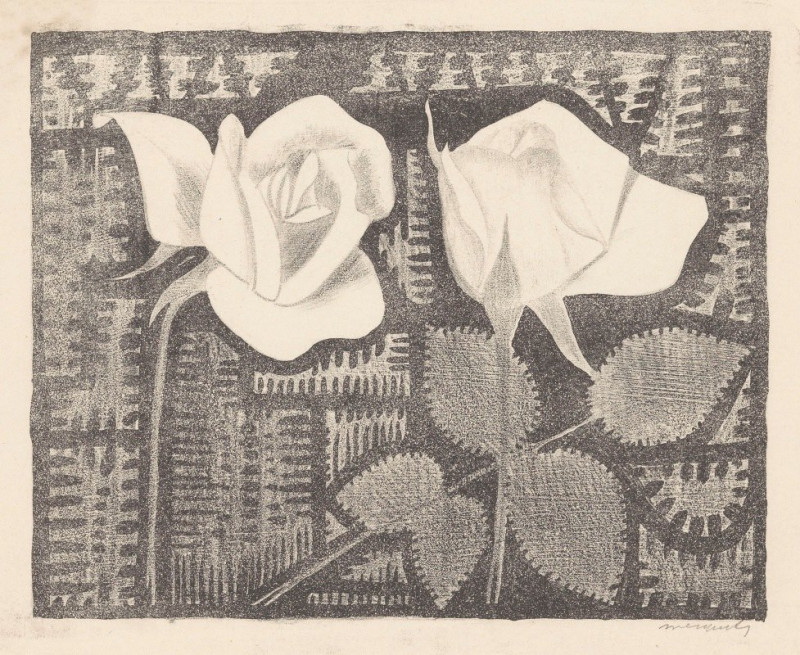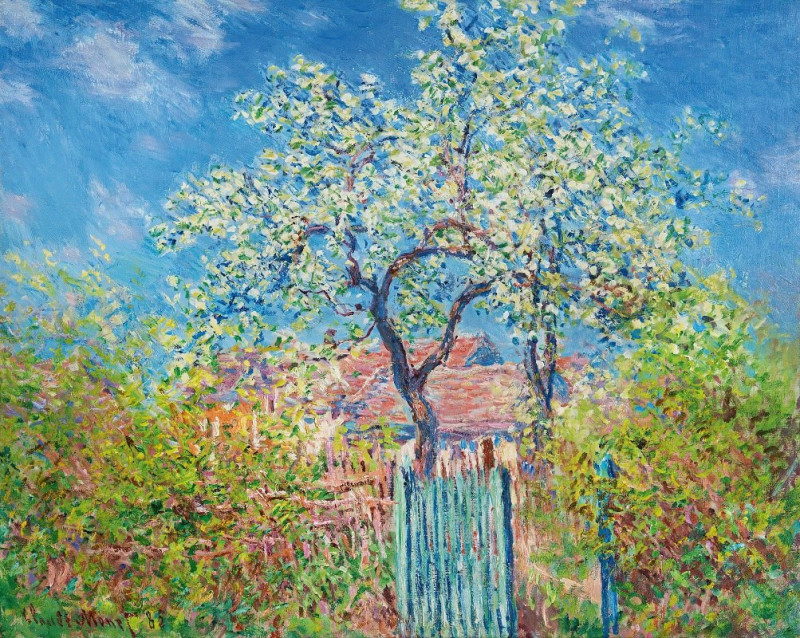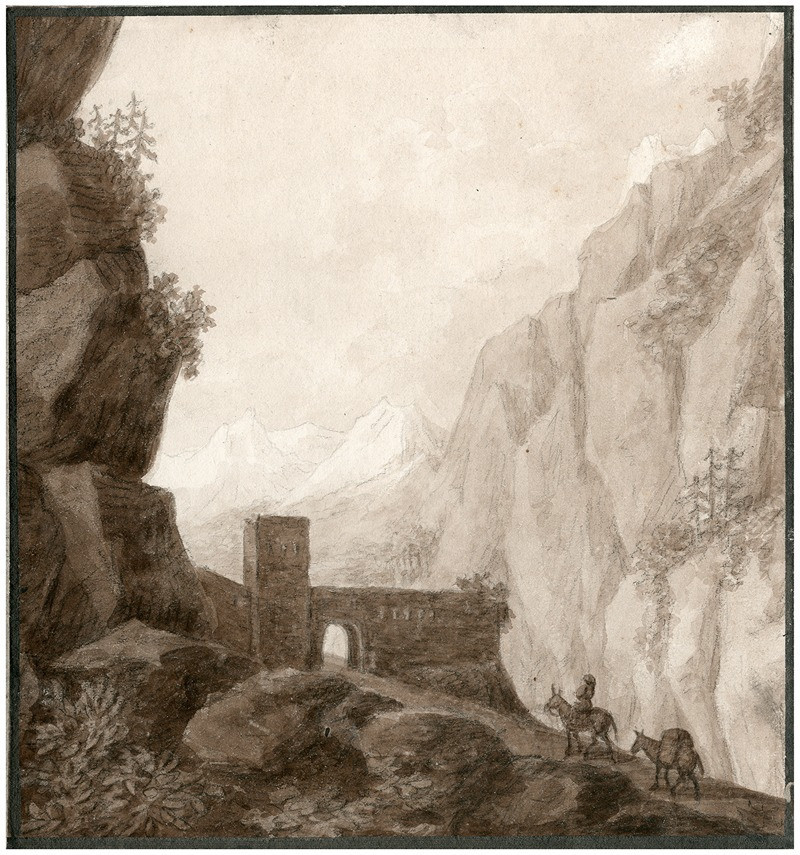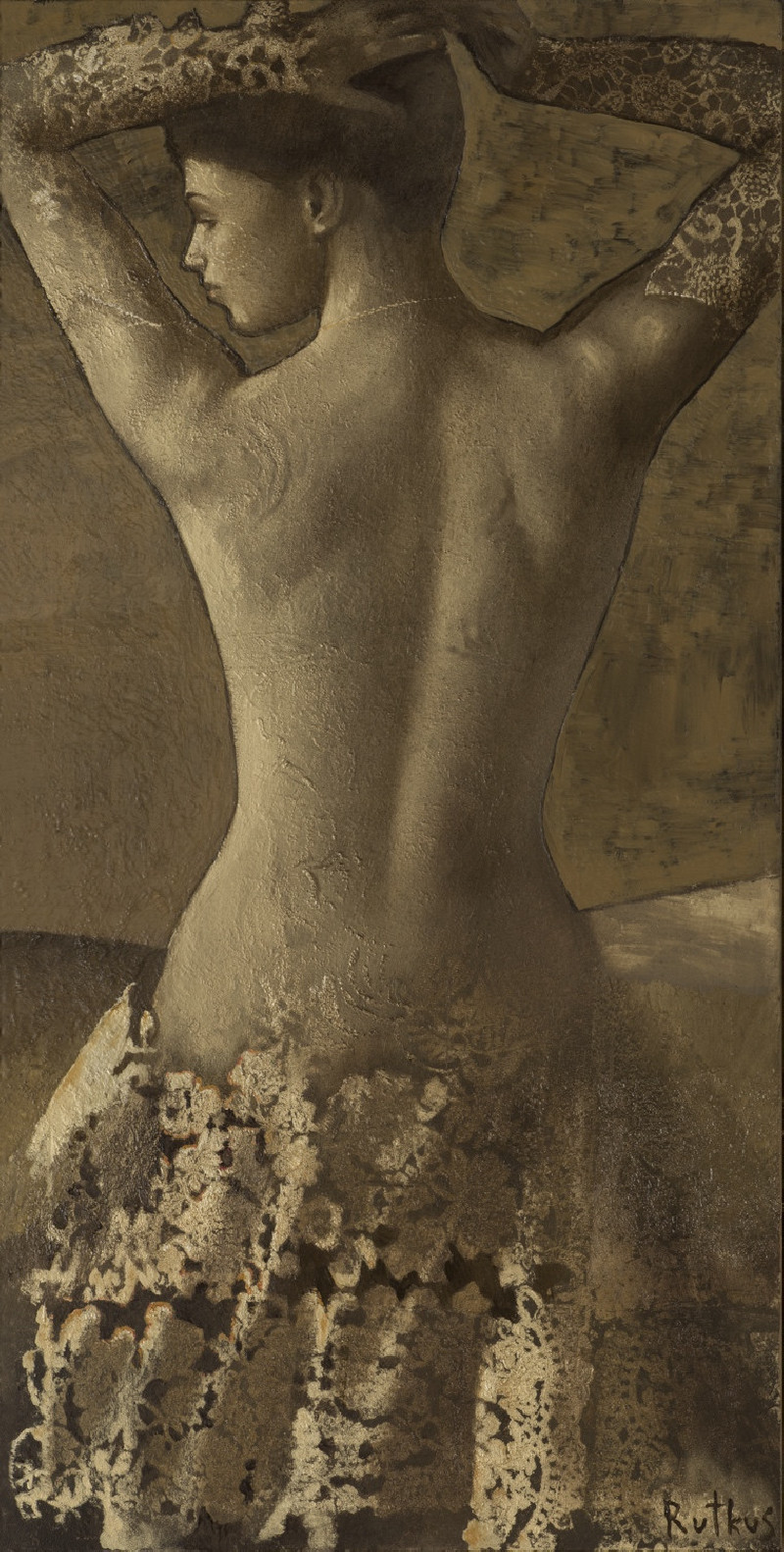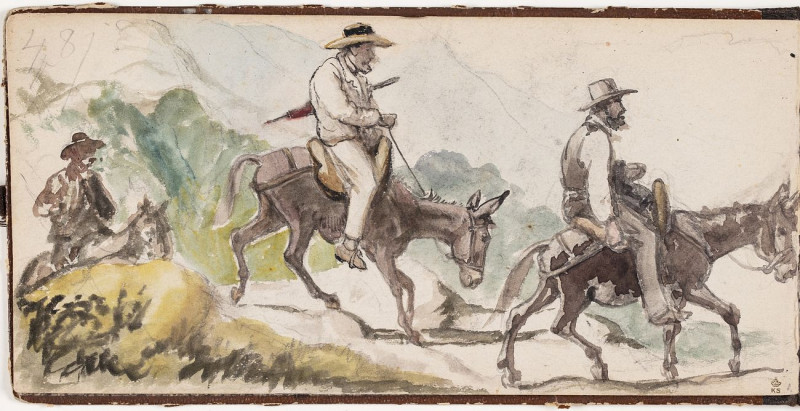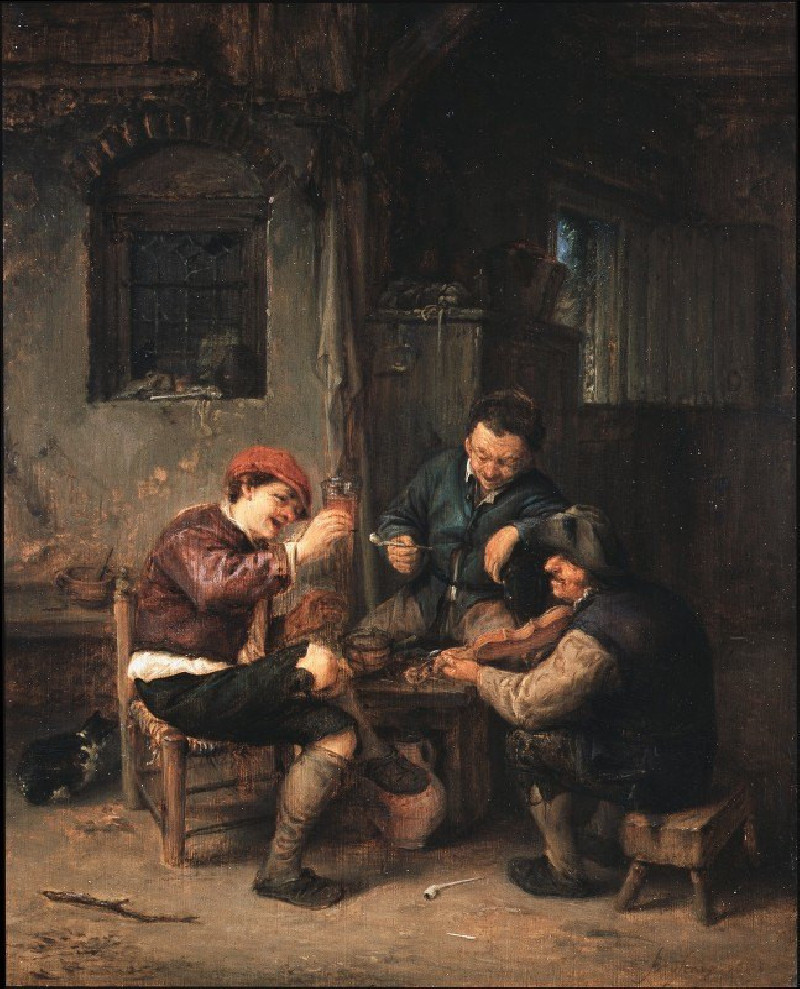Trotz allem (around 1923)
Technique: Giclée quality print
Recommended by our customers
More about this artwork
Karl Wiener's "Trotz allem" (Despite Everything), created around 1923, presents a compelling visual narrative that speaks to resilience amidst adversity. In this artwork, the viewer encounters a haunting industrial landscape marked by striking architectural forms. Dominated by dark, swirling patterns that create a sense of turmoil in the sky, the environment is both foreboding and strangely captivating.The central feature of the painting is a vividly red flag that waves prominently above the industrial buildings—a symbolic beacon of hope, defiance, or change. This splash of color against the monochrome backdrop not only draws the eye but also injects a raw emotional intensity into the scene.Beneath the swirling darkness, the industrial complex is rendered with meticulous detail. Factory buildings, characterized by tall smokestacks and large windows, are intricately outlined, suggesting a robust presence that withstands the enveloping gloom. The grid-like patterns on the buildings and fences add to the textural complexity, contributing to a layered depiction of an environment where every element is interconnected.































